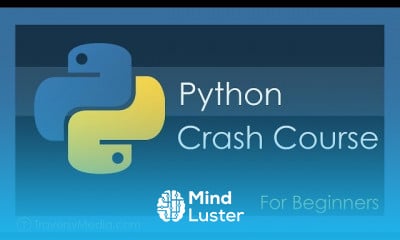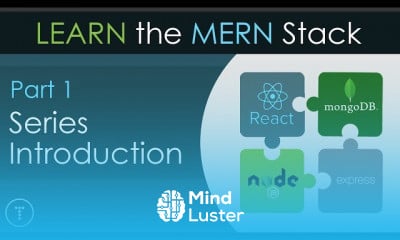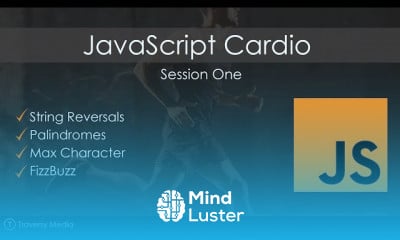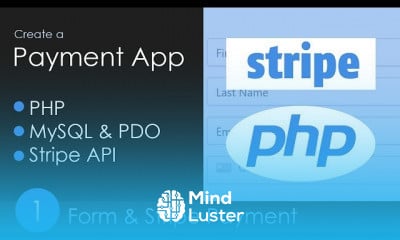Regular Expressions RegEx Tutorial 2 Simple RegEx Patterns
Share your inquiries now with community members
Click Here
Sign up Now
Lessons List | 16
Lesson
Comments
Related Courses in Programming
Course Description
The most basic regular expression consists of a single literal character, such as a. It matches the first occurrence of that character in the string. ... In a programming language, there is usually a separate function that you can call to continue searching through the string after the previous match.Regular Expressions are useful for numerous practical day to day tasks that a data scientist encounters. They are used everywhere from data pre-processing to natural language processing, pattern matching, web scraping, data extraction and what not!Write the regular expression for the language accepting all the string containing any number of a's and b's. Solution: The regular expression will be: r.e. = (a + b)*.The regular languages are closed under complement, union, intersection, concatenation, and star. Proof The closure properties under union, concatenation, and star follow from the fact that the regular languages are those that are expressible with regular expressions.Regular expressions are useful in search and replace operations. The typical use case is to look for a sub-string that matches a pattern and replace it with something else. Most APIs using regular expressions allow you to reference capture groups from the search pattern in the replacement string.
Trends
French
Graphic design tools for beginners
Artificial intelligence essentials
Formation efficace à l écoute de l
Essential english phrasal verbs
MS Excel
Build a profitable trading
Data Analytics Visualization Techniques
Electrical engineering for engineer
Python programming language
YouTube channel setup
Printing student ID cards with excel tools
Excel skills for math and science
Computer science careers
Build a tic tac Toe app in Xcode
Magento Formation Français
Learning English Speaking
English vocabulary with picture
Figma for UX UI design
Marketing basics for beginners
Recent
Growing ginger at home
Gardening basics
Ancient watering techniques
Grow mushrooms
Growing onions
Veggie growing
Bean growing at home
Growing radishes
Tomato growing at home
Shallot growing
Growing kale in plastic bottles
Recycling plastic barrel
Recycling plastic bottles
Grow portulaca grandiflora flower
Growing vegetables
Growing lemon tree
Eggplant eggplants at home
zucchini farming
watermelon farming in pallets
pineapple farming



















